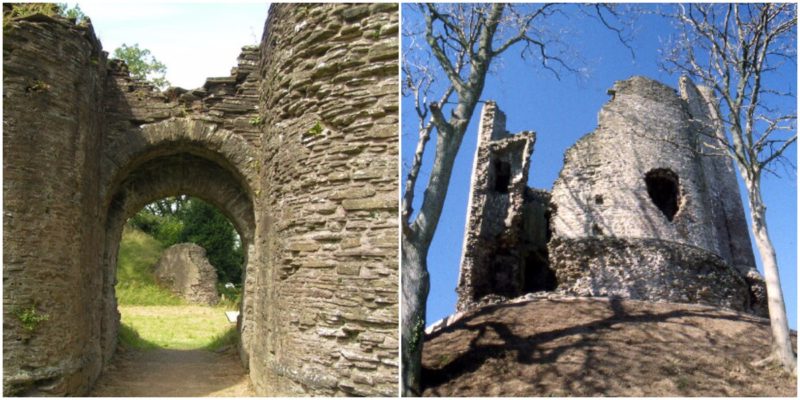Longtown Castle, also known in older historic documents as Ewias Lacey Castle, is a ruined Norman motte and bailey stronghold located in Longtown, Herefordshire, England. On the English border with Wales, there are plenty of outstanding motte and bailey castles still in existence.
A motte and bailey castle is a fortification with a wooden or stone keep placed on a raised earthwork called a motte, which is accompanied by an enclosed courtyard, or bailey, encircled by a protective ditch and palisade.
The Normans introduced this architectural design in England and Wales during their invasion in 1066. The castles built along the England-Wales border were owned by Norman lords. They erected the fortifications in an effort to maintain dominance over the rebellious Welsh.
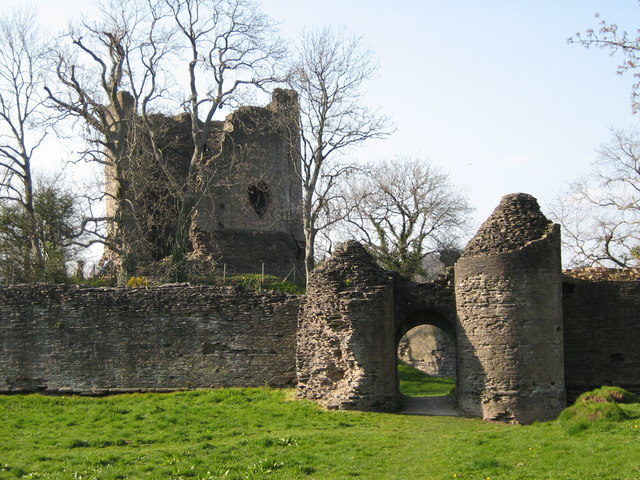
Longtown Castle was constructed circa 1175 by Hugh de Lacy, Lord of Meath, 4th Baron Lacy. He acquired the land around Ewias Lacey in the 1160s and 1170s, Ewias being a term which meant “sheep district”.
The town was found to the south of the fortress as a Norman colony but never reached its full potential.
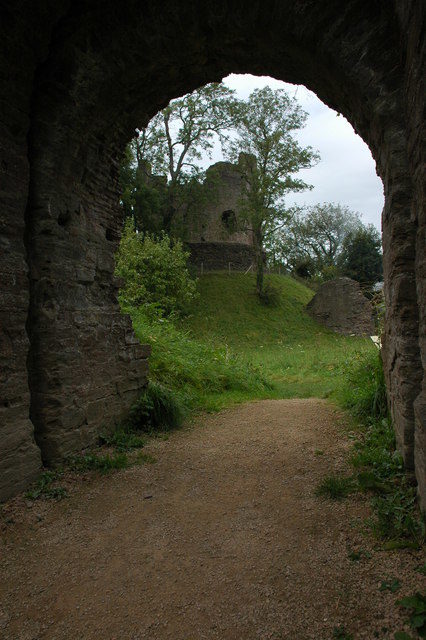
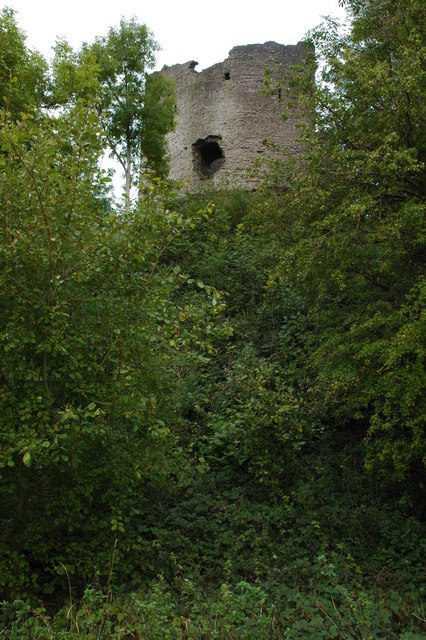
It is likely that former Roman earthworks, probably built as a defense structure for the nearby Roman road, were reused in the construction of the new fortification. The castle was erected inside the rectangular earthen enclosure and there are parts of the fortification that have a square sharped-cornered design typical of Roman forts and unusual for 12th-century English castles. The castle had an atypical plan with three baileys and two large enclosures to defend the adjoining town.
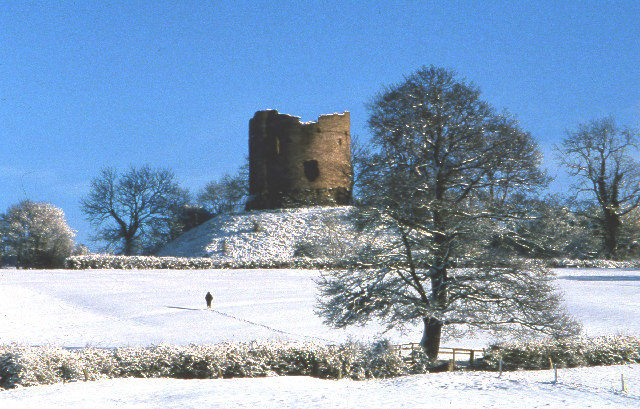
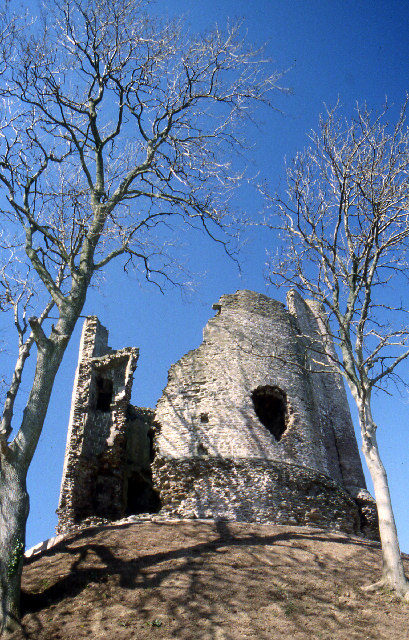
The location was strategically chosen on high ground at the side of the River Monnow, which was an important transport route. The first keep erected on the 33 foot high motte was built mostly of timber in a rectangular design approximately 410 feet by 360 feet. The two baileys on the west and one on the east were each made to be defended independently.
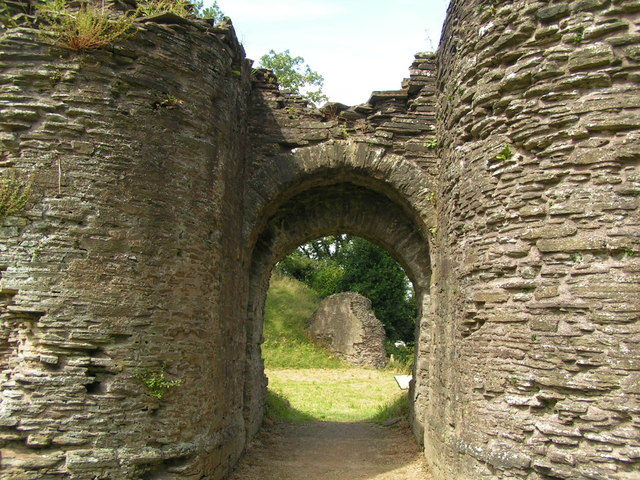
In the early years of the 13th century, the castle was reconstructed in stone and a twin-towered gatehouse was added between the inner and the outer western baileys. The rest of the inner western bailey was surrounded by 9.8 feet thick wall to protect the buildings inside, like the castle’s great hall. The great tower (or keep) had walls 16 feet thick in a circular ring-shaped design, which was as unusual for an English castle but quite popular in Wales, with three turrets positioned around the outside and a hall on the first floor.
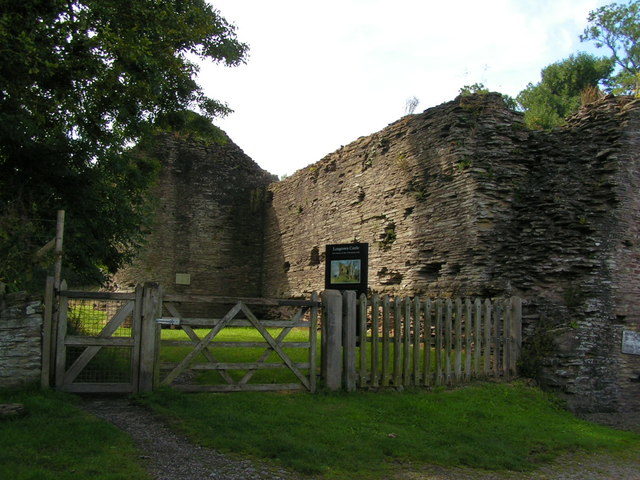
The castle retained it’s importance after it left the hands of the de Lacy family, especially after being enlarged by King Henry III in 1233, until the mid 14th century. It was refortified by Henry IV in response to the Owain Glyndwr uprising in North Wales in 1403 and then slowly fell into disuse.
The last owners were the eminent family Nevilles who acquired the property in the 15th century. After the Black Death, the town’s population declined rapidly. The protected area north of the castle was deserted and by the 16th century, it had lost its importance as a trading center. In the 1970s the castle was acquired by the Ministry of Works of England.
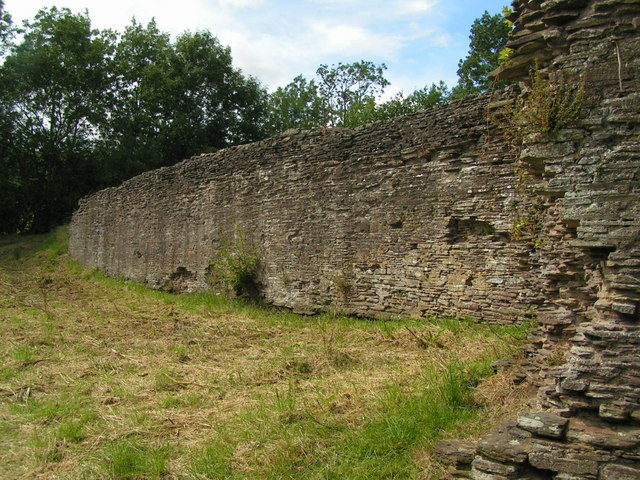
Today Longtown is a little village and a parish in Herefordshire. The castle, protected as a monument of national importance, is under the care of English Heritage as a tourist attraction and it is open for visits. It is obvious that Longtown Castle was a simple but formidable castle. Most of the structures are in ruins, but the round tower is practically intact. It was carefully constructed with quite effective techniques and survived the centuries. Parts of the gatehouse are still recognizable and fragments of the curtain wall too. In the 17th and 18th century, stones of the fortress were used for building other structures, such as a house and shop in the eastern bailey, which were removed as part of restoration work in the 1970s. Earlier excavations have shown that another stone wall protected the outer half of the Bailey and there is now a project for archaeological excavation.
